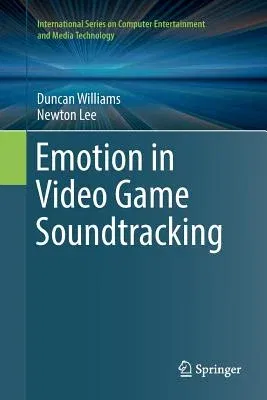Emotion in Video Game Soundtracking (Softcover Reprint of the Original 1st 2018)Paperback - Softcover Reprint of the Original 1st 2018, 4 June 2019

Qty
1
Turbo
Ships in 2 - 3 days
In Stock
Free Delivery
Cash on Delivery
15 Days
Free Returns
Secure Checkout
Part of Series
International Computer Entertainment and Media Technology
Part of Series
International Series on Computer Entertainment and Media Tec
Print Length
167 pages
Language
English
Publisher
Springer
Date Published
4 Jun 2019
ISBN-10
3319891650
ISBN-13
9783319891651
Description
Product Details
Book Edition:
Softcover Reprint of the Original 1st 2018
Book Format:
Paperback
Country of Origin:
NL
Date Published:
4 June 2019
Dimensions:
23.39 x
15.6 x
0.97 cm
ISBN-10:
3319891650
ISBN-13:
9783319891651
Language:
English
Location:
Cham
Pages:
167
Publisher:
Series:
Weight:
258.55 gm

